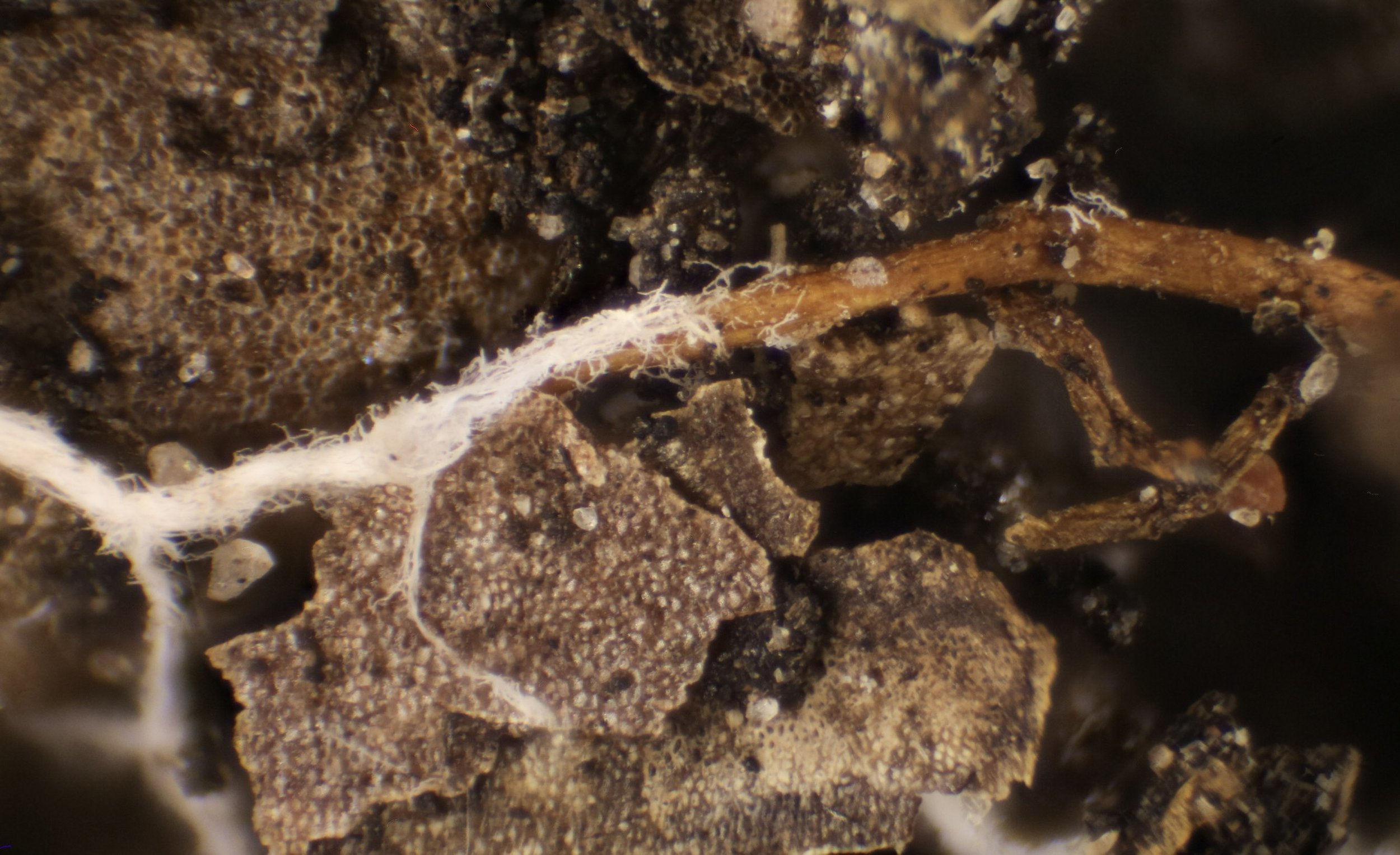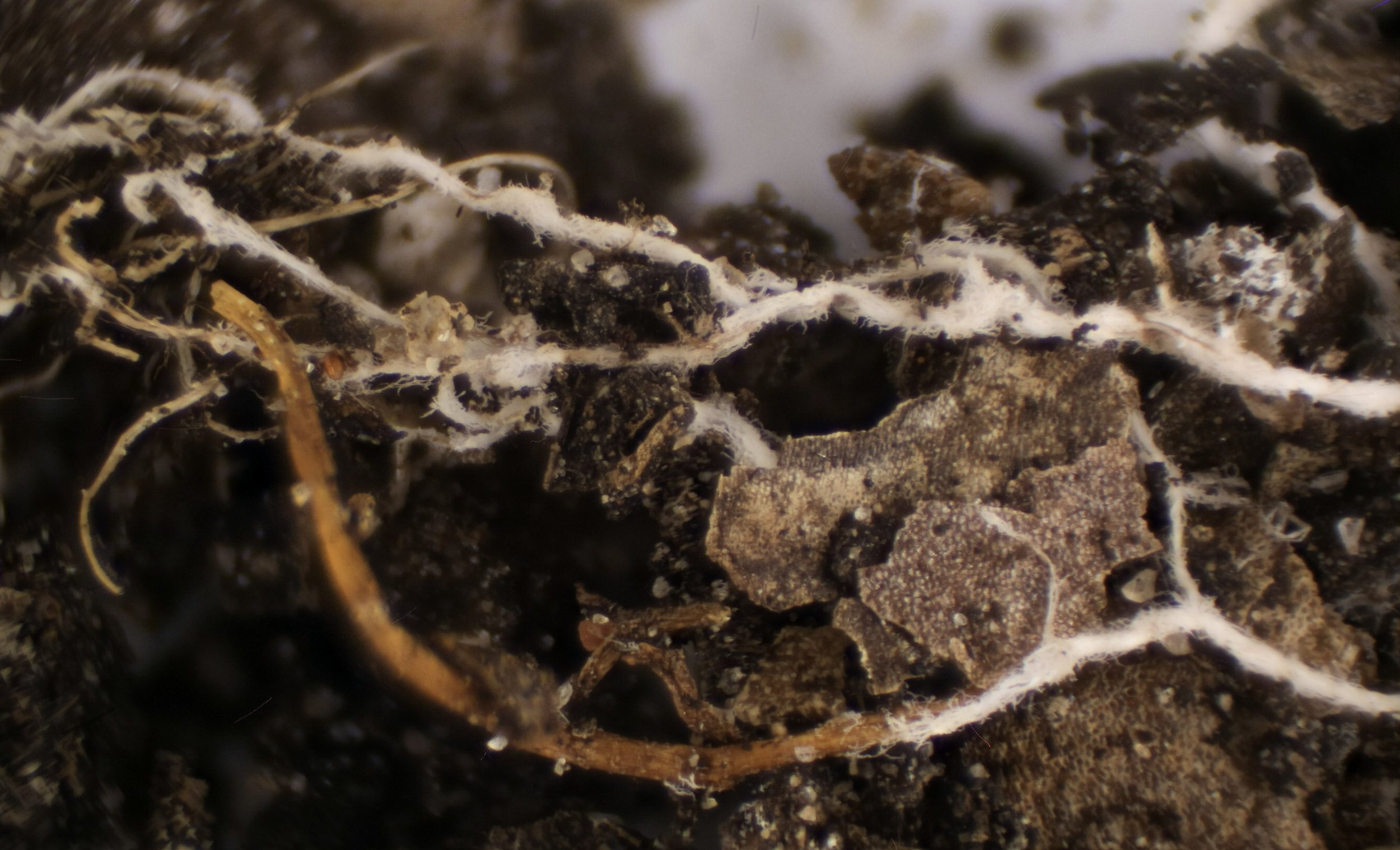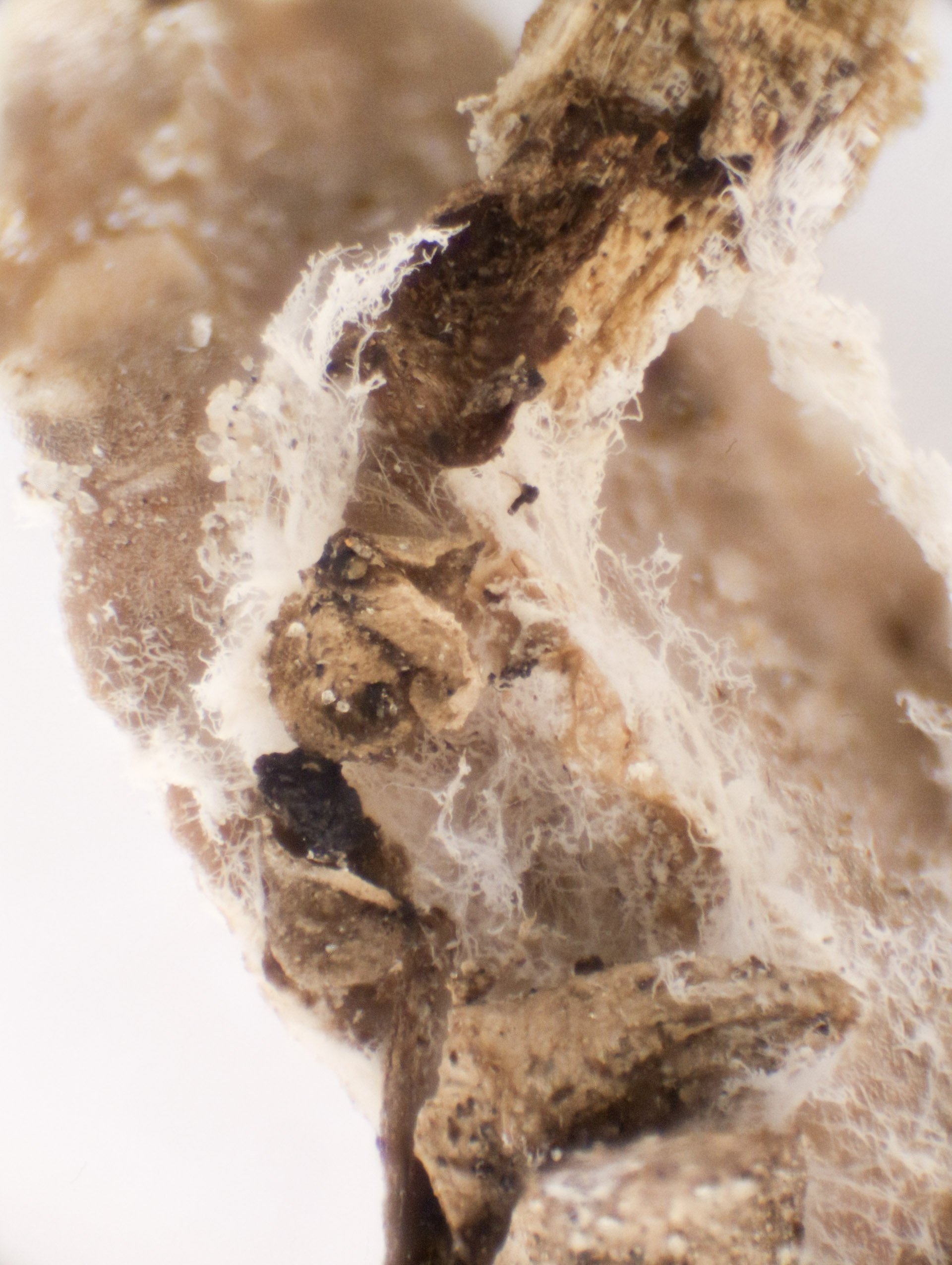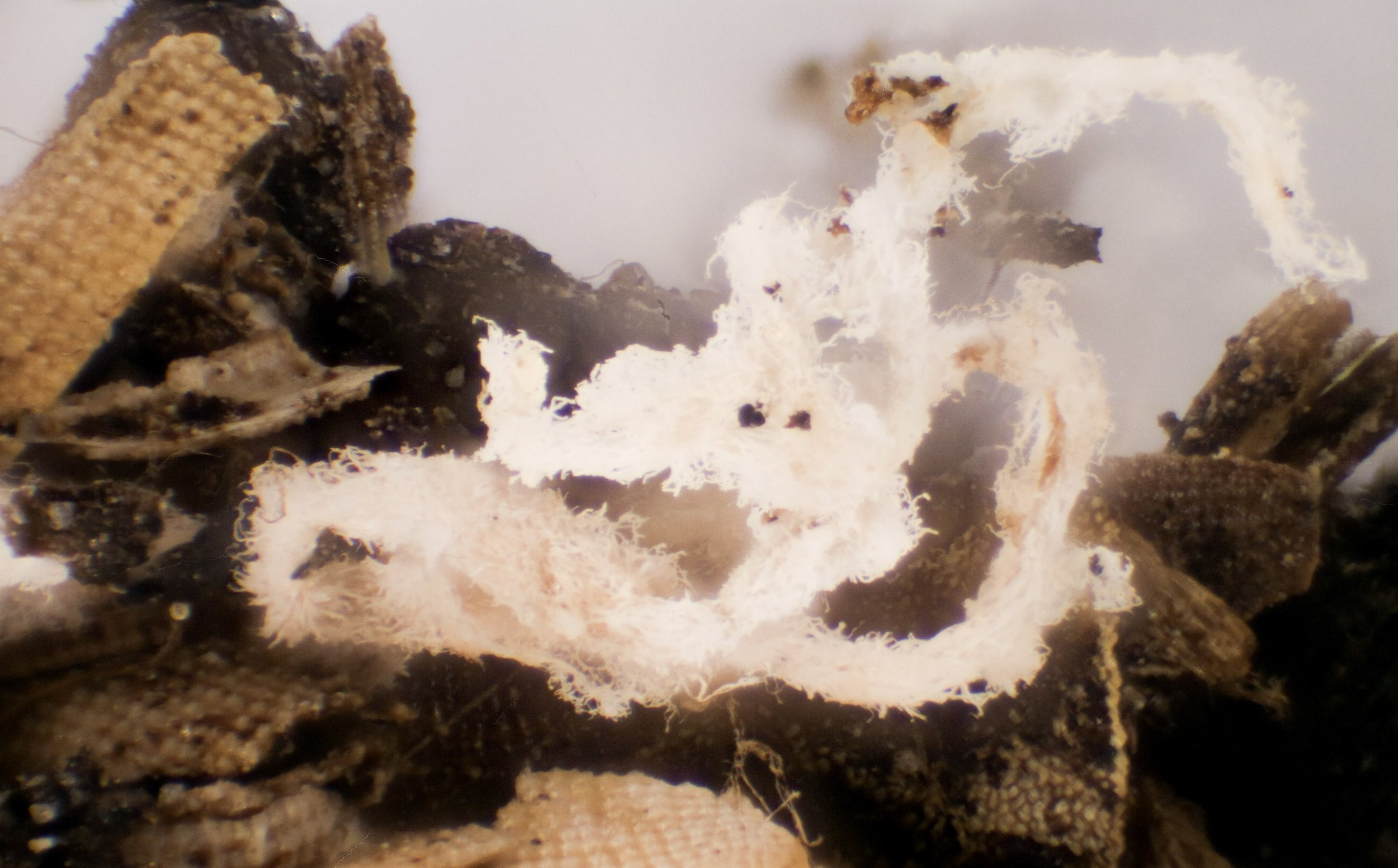Mycelium and Mycorrhizal Networks: The Hidden Heroes of the Natural World
Nature is full of complex webs of interconnectivity. One such enchanting phenomenon lies beneath our feet, hidden from plain sight yet playing a pivotal role in the flourishing of ecosystems worldwide. Enter mycelium and mycorrhizal networks, the unsung heroes responsible for countless benefits and profound impacts on the world. In this blog post, we will delve into the fascinating realm of these interconnected systems, exploring their remarkable functions and highlighting the significance they hold for our planet.
At the heart of this tale lies mycelium, the intricate network of thread-like structures that form the vegetative part of fungi. These fine, branching filaments extend throughout the soil, weaving a vast underground network. Often mistaken for mere mushrooms, mycelium is an extensive and crucial component of fungal life cycles.
The Power of Mycorrhizal Networks:
Mycorrhizal networks establish a symbiotic relationship between fungi and the roots of plants. Acting as an information superhighway, they connect individual plants, enabling communication, resource sharing, and mutual support. Here are some remarkable benefits that mycorrhizal networks provide:
Nutrient Exchange: Mycorrhizal fungi have the extraordinary ability to extract essential nutrients, such as phosphorus, nitrogen, and trace elements, from the soil. They form a symbiotic partnership with plants, exchanging these nutrients for carbohydrates produced through photosynthesis. This process significantly enhances plant growth, especially in nutrient-poor soils.
Water Management: Mycorrhizal networks improve water absorption and retention capacity for plants, allowing them to withstand drought conditions. The extensive network of mycelium acts as a sponge, storing water and efficiently delivering it to plants when needed.
Disease Resistance: Mycorrhizal fungi enhance plant immunity by improving their resistance to pathogens. The interconnected network allows plants to exchange chemical signals, activating defense mechanisms against diseases and pests.
Ecosystem Resilience: Mycorrhizal networks contribute to the stability and resilience of ecosystems. They facilitate the transfer of nutrients and information between different plant species, supporting biodiversity and promoting ecological balance.
Environmental Implications:
The impact of mycelium and mycorrhizal networks stretches far beyond individual plants. Let's explore their broader environmental implications:
Carbon Sequestration: Mycelium plays a crucial role in carbon cycling and sequestration. As fungi decompose organic matter, they release carbon dioxide, but they also store significant amounts of carbon in the soil. This contributes to mitigating climate change by reducing greenhouse gas levels in the atmosphere.
Soil Restoration: Mycorrhizal networks improve soil structure and fertility. By breaking down organic matter and creating stable aggregates, they enhance soil aeration, water infiltration, and nutrient availability, ultimately leading to healthier and more productive ecosystems.
Ecological Restoration: Mycorrhizal fungi play a vital role in ecological restoration efforts, particularly in areas affected by disturbances like deforestation or wildfires. They aid in the establishment and survival of new plantings, facilitating the recovery of damaged ecosystems.
Applications and Innovations:
The remarkable potential of mycelium extends beyond natural ecosystems. Researchers and innovators are harnessing its power for various applications, including:
Bioremediation: Mycelium's ability to break down and absorb toxic substances makes it a promising tool for bioremediation. Fungi can degrade pollutants, such as oil spills or chemical contaminants, effectively cleaning up polluted environments.
Sustainable Materials: Mycelium-based materials, such as mycelium leather, packaging, and building materials, are gaining popularity as sustainable alternatives. These products are biodegradable, lightweight, and require minimal resources to produce.
Medicine and Biotechnology: Fungi have long been used in traditional medicine, and ongoing research continues to uncover their potential for new pharmaceuticals and biotechnological applications. From antibiotic production to cancer treatments, mycelium holds promise for future medical advancements.
Mycelium and mycorrhizal networks represent nature's hidden marvels, connecting plants, enhancing ecosystems, and offering an array of benefits for the world. By better understanding these intricate systems and their implications, we can appreciate their role in maintaining the delicate balance of our planet. As we continue to explore and unlock their potential, mycelium and mycorrhizal networks present exciting opportunities for sustainable innovation, environmental restoration, and the overall well-being of our interconnected biosphere.
References and further reading:
Smith, S.E., Read, D.J. (2008). Mycorrhizal Symbiosis, 3rd Edition. Academic Press.
Stamets, P. (2005). Mycelium Running: How Mushrooms Can Help Save the World. Ten Speed Press.
Bonfante, P., & Genre, A. (2010). Mechanisms underlying beneficial plant–fungus interactions in mycorrhizal symbiosis. Nature Communications, 1(4), 1-11.
Hart, M. M., & Cairney, J. W. G. (2002). Mycorrhiza biodiversity: patterns and mechanisms. In Mycorrhizal Ecology (pp. 223-246). Springer.
Simard, S. W., Beiler, K. J., Bingham, M. A., Deslippe, J. R., & Philip, L. J. (2012). Mycorrhizal networks: Mechanisms, ecology and modelling. Fungal Biology Reviews, 26(1), 39-60.
Johnson, N. C., Wilson, G. W., Wilson, J. A., Miller, R. M., & Bowker, M. A. (2015). Mycorrhizal phenotypes and the law of the minimum. New Phytologist, 205(4), 1473-1484.
van der Heijden, M. G., Martin, F. M., Selosse, M. A., & Sanders, I. R. (2015). Mycorrhizal ecology and evolution: the past, the present, and the future. New Phytologist, 205(4), 1406-1423.
Rillig, M. C., & Mummey, D. L. (2006). Mycorrhizas and soil structure. New Phytologist, 171(1), 41-53.
Bago, B., Pfeffer, P. E., & Shachar-Hill, Y. (2000). Carbon metabolism and transport in arbuscular mycorrhizas. Plant Physiology, 124(3), 949-957.
Smith, S. E., & Smith, F. A. (2011). Roles of arbuscular mycorrhizas in plant nutrition and growth: new paradigms from cellular to ecosystem scales. Annual Review of Plant Biology, 62, 227-250.
Mycellium photographed under the microscope @ 4x, 8x, and 20x magnification.
Photomicrography by Jehnifer Henderson.









